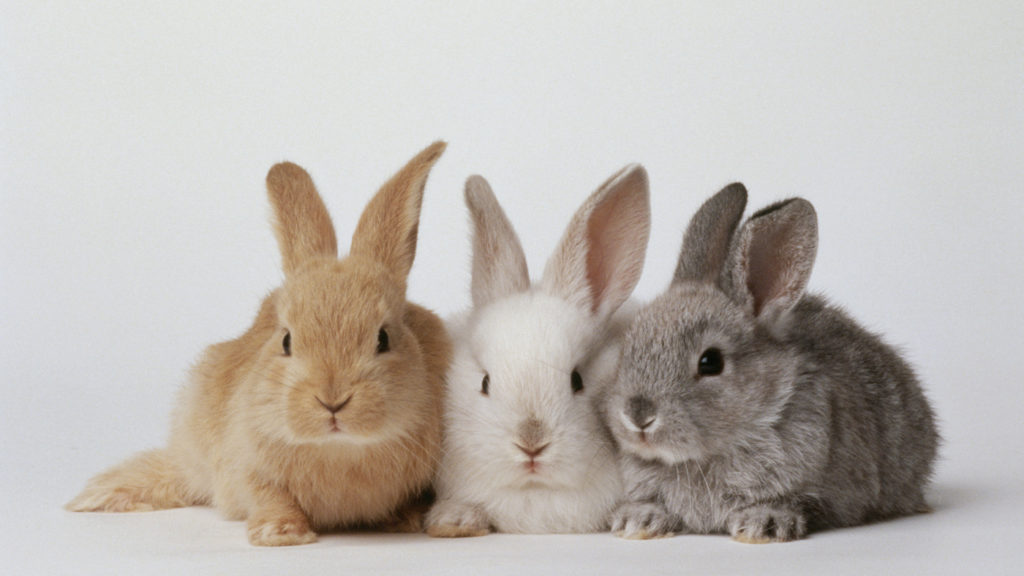Table of Contents
Racing Rabbits
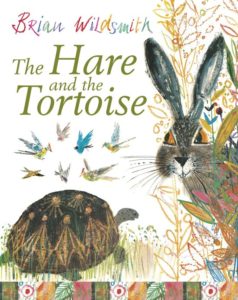
|
Brian Wildsmith’s The Hare and the Tortoise (Oxford University Press, 1966) is a great retelling of the story of the famous race, with wonderful crayon-bright illustrations. For ages 4-8. |
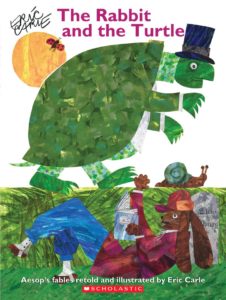 |
Eric Carle’s The Rabbit and the Turtle (Orchard Books, 2008) is a collection of eleven of Aesop’s fables, among them the title tale, all illustrated with Carle’s signature paper collages. |
| The Tortoise and the Hare has several versions of the story, along with many multicultural stories about races between unequal contestants (frog and snail, hare and hedgehog, frog and antelope, mole and hawk). (It’s an easy jump from here to inventing race stories of your own.) | |
| Aesop’s Fables has illustrated versions of several of Aesop’s fables with accompanying coloring pages, puzzles, and craft projects. | |
| Interactivate has an interactive mathematical race between tortoise and hare, printable worksheets, and helpful information on Zeno’s paradox. | |
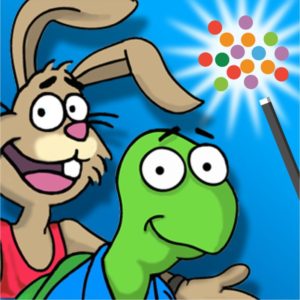 |
Join the race with The Tortoise and the Hare interactive storybook app. |
| How to make Aesop’s Fable shadow puppets, among them the Tortoise and the Hare. |
Real Rabbits
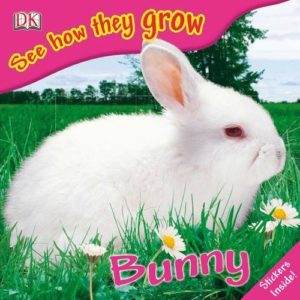 |
Bunny in the “See How They Grow” series from DK Publishing (2007) follows the life of a bunny from birth to adulthood. The simple text is paired with great color photographs. For ages 3-6. |
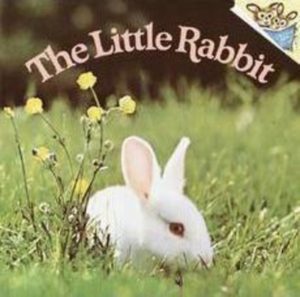
|
The star of Judy Dunn’s The Little Rabbit (Random House Books for Young Readers, 1980) is a real rabbit, found by Sarah in her Easter basket and named Buttercup. The book, illustrated with color photographs, is an introduction to the habits and behaviors of rabbits. For ages 4-8. |
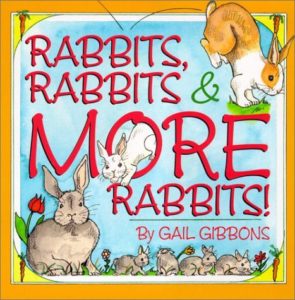 |
Gail Gibbons’s Rabbits, Rabbits, & More Rabbits (Holiday House, 2000) is a non-fiction introduction to rabbits for ages 4-8. As with all Gibbons’s books, the illustrations are bright and appealing, and the text is informative, but dry. |
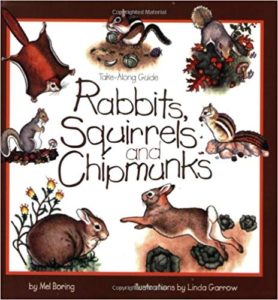
|
Mel Boring’s Rabbits, Squirrels, and Chipmunks (NorthWord Books, 1996) is a beginner’s field guide in the “Take Along Guide” series, nicely designed, with reader-friendly information (“What It Looks Like,” “What It Eats,” “Where to Find It”) and a scattering of projects. For example, kids make a rabbit refuge, a squirrel nut-ball, and a chipmunk tightrope (hung with peanuts). For ages 4-9. |
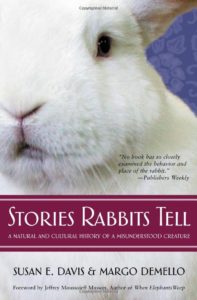 |
By Susan E. Davis and Margo DeMello, Stories Rabbits Tell: A Natural and Cultural History of a Misunderstood Creature (Lantern Books, 2003) covers the mythology, symbology, and biology of rabbits. A wealth of information for teenagers and adults. |
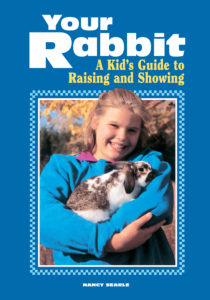 |
Your Rabbit by Nancy Searle (Storey Publishing, 1992) is a helpful guide to the practical aspects of rabbit owning for ages 9 and up. |
| Enchanted Learning has labeled print-outs of lagomorphs (including rabbits and hares) and a rabbit quiz. | |
| Rabbit? Or hare? The Difference Between website explains which is which. | |
| The House Rabbit Society has detailed information about rabbit care and behavior, rabbit booklists, and a selection of free rabbit e-postcards. | |
| Supersized Superbunny is an account of the giant fossil rabbit recently discovered on the Mediterranean island of Minorca. | |
| The oldest ancestor of modern rabbits may have been a hamster-sized bunny who lived 53 million years ago in India. Read about it at Live Science. |
Strange Rabbits?
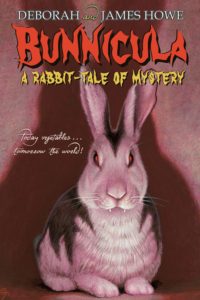
|
In Deborah and James Howe’s Bunnicula: A Rabbit Tale of Mystery (Atheneum Books for Young Readers, 2006), the Monroe family goes to the movies to see Dracula and brings home a suspiciously vampiric baby rabbit, duly named Bunnicula. The story is told from the point of view of the patient family dog, Harold, who has to deal not only with Bunnicula and a lot of drained white vegetables, but with Chester, the overwrought family cat. An hilarious short chapter book for ages 8-12. Luckily there are several sequels. |

|
Killer Bunnies and the Quest for the Magic Carrot is the first of many evilly hilarious card games in which players compete to keep their own bunnies alive, while eliminating their opponents’ bunnies. For ages 10 and up. |
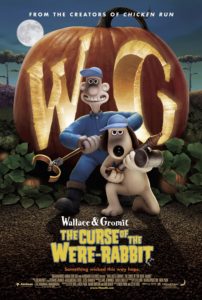
|
In Wallace & Gromit: The Curse of the Were-Rabbit, the riotous 2005 film by Claymation wizards Steve Box and Nick Park, Wallace and his trusty dog, Gromit – now operating a humane pest-control business called Anti-Pesto – are attempting to nab the huge night-prowling saboteur who is threatening the village Giant Vegetable Competition. It’s 85 minutes long and rated G. |
Mathematical Rabbits
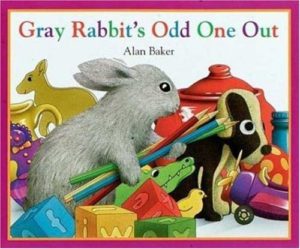
|
Alan Baker’s Gray Rabbit’s Odd One Out (Kingfisher, 1999) is a sorting book. Gray Rabbit, looking for a book, is trying to organize his belongings. Things fall in place, two by two – except that there’s always one odd thing out. For ages 2-5. |
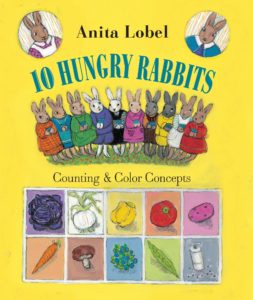
|
In Anita Lobel’s gorgeously illustrated 10 Hungry Rabbits (Knopf Books for Young Readers, 2012), ten hungry bunnies find colorful vegetables for the family soup pot, starting with one purple cabbage, two white onions, and three yellow peppers. For ages 2-5. |
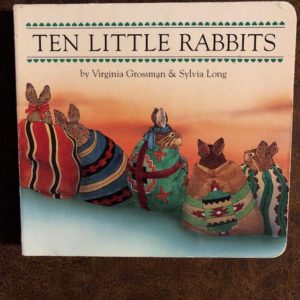
|
Virginia Grossman’s Ten Little Rabbits (Chronicle Books, 1995) is a rhyming counting book with a native American theme. The rabbits, from one to ten, wear gorgeously patterned blankets, and are shown performing a rain dance, sending smoke signals, tracking a bear with bows and arrows. For ages 2-5. |
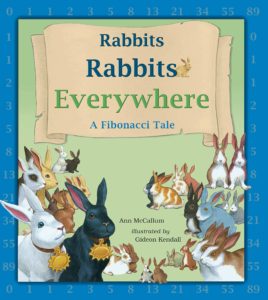
|
Ann McCallum’s Rabbits, Rabbits Everywhere (Charlesbridge Publishing, 2007) is a picture-book fable set in the little town of Chee, famous for its gardens, its Pied Piper, and its ravenous and rapidly multiplying rabbits. It’s a Fibonacci problem. For ages 6-10. |
| For related lesson plans and activities, see the Ann McCallum author website. | |
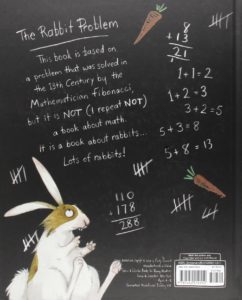
|
Emily Gravett’s The Rabbit Problem (Simon & Schuster, 2010) is a delightful month-by-month take on the Fibonacci series – which is named for the mathematician who first described it in the 13th century, while solving a problem about multiplying rabbits. First there’s one lonely rabbit (an invitation stuck to the page reads “Join me”); subsequent months feature baby rabbit record books, rabbit newspapers, carrot recipes, and – by November – wildly overcrowded rabbits. For ages 6-11. |
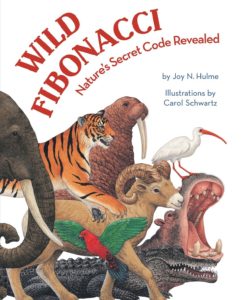 |
Joy N. Hulme’s Wild Fibonacci (Tricycle Press, 2010) – via a somewhat awkward rhyming text – introduces the Fibonacci sequence and its prevalence in nature to ages 7-10. |
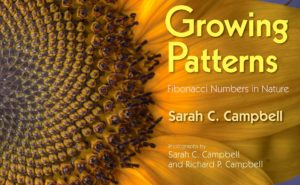
|
Sarah C. Campbell’s Growing Patterns (Boyds Mills Press, 2010) introduces Fibonacci numbers in nature through gorgeous color photographs of flowers, pinecones, pineapples, and a cutaway nautilus shell. For ages 6-12. |
| The Fibonacci Sequence in Nature has photographs, animations, and explanations of the Fibonacci sequence in everything from pine cones to hurricanes. | |
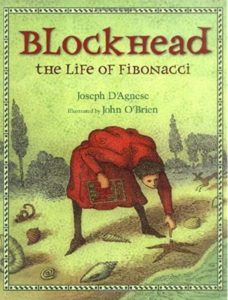 |
Joseph D’Agnese’s Blockhead: A Life of Fibonacci (Henry Holt and Company, 2010) is a picture-book biography of the famous medieval mathematician. For ages 6-11. |
Rabbits and Art
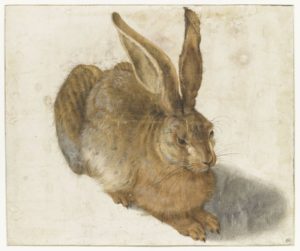 |
The Arty Factory has information on 15th-century artist Albrecht Durer’s animal drawings and paintings and examples of his work, including his famous portrait of a hare. |
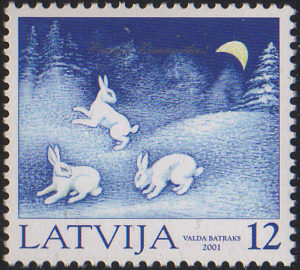 |
Rabbits on Stamps is a cool gallery of rabbits on postage stamps. |
| See these instructions and a pattern for making a rabbit pop-up card. | |
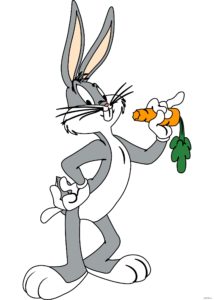 |
Check out a short history of Bugs Bunny, possibly the world’s most recognized bunny. |
| For step-by-step instructions for drawing your own Bugs Bunny, visit How to Draw Cartoons Online. | |
| Draw a very different bunny with comic-book artist Simone Lia via The Guardian. | |
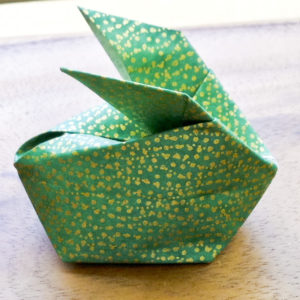 |
Make a blow-up origami bunny. For step-by-step instructions, see Origami USA. |
| Rabbit Crafts for Kids has a long list of rabbit crafts for elementary-level kids, among them a rocking rabbit, paper-plate rabbits, a paper-bag rabbit puppet, and more. |
